Foothills:
I set off from Vienna on Wednesday morning, arriving by train at Payerbach-Reichenau. Trekking the length of both villages took me about an hour and I arrived at the starting point of my ascent at about 11 am. Approaching from the south-east, the first part of the hike took me along a paved road until I turned off into some managed woodland containing fir, spruce oak and beech.
You can tell a lot about a forest from the plants growing on the forest floor. The fir stands were very densely packed, which didn’t allow for a great deal of ground vegetation. As I climbed, I came to a place where there had been some cuttings, and light was allowed in.
The first plant I noticed was Sweet woodruff (Latin: Galium odoratum, German: Waldmeister). Woodruff grows in base rich, fresh soils. It is easily spotted with it’s whorled leaves (in a star-like formation around the stem) and it’s umbels of white flowers (they are on stems which begin at a common point).
Nearby were Lungworts (Latin: Pulmonaria officinalis, German: Lungenkraut), which have spotted leaves and, at this time of year, pink flowers. As they produce pollen, the pH-level in the petals changes, and they turn blue. This bolder colour attracts insects better for pollination purposes. As the name suggests, this plant was used for the treatment of chest complaints.
Cardamine bulbifera was the next plant I noticed, easily recognizable from the dark bulbils at the base of the leaf stems. These bulbils are like shoots, they get dislodged from the plant from about June onwards, root and grow; taking about 3 years until they themselves begin to reproduce. Unlike seeds, which require fertilization from another plant, the dispersal of bulbils is a form of vegetative reproduction, which any gardener who has grown a plant from a cutting should be familiar with.
In a fresh, base-rich area you often also find Forget-me-nots (Latin: Myosotis sylvatica, German: Vergissmeinnicht) with their quaint blue and yellow flowers, so I wasn’t surprised to see them there, and indeed as I climbed onward up the hill, wherever there was enough of a gap in the canopy to allow them.
These plants all prefer a base-rich, fresh to damp soil, and are found in montane hills.
As the slope increased, and the drainage improved slightly, I came across another plant, the Wood spurge (Latin: Euphorbia amygdaloides, German: Mandelblättrige-Wolfsmilch), which you can also find in a fresh, base rich soil.
Spurges, when damaged, secrete a milky fluid which gives them their German name.
Obviously for a plant nerd like me, if I stopped and took a photo of everything I found interesting I wouldn’t have made it much further! I find it easy to get lost in my own curiosity in a woodland: there are many different plants and animals, even in any 1 square meter of land, some of which can play important roles in the different systems and cycles that occur. So I forced myself to push on.
As the slope increased, so did the amount of Scots pine (Pinus sylvestris) which can be distinguished from other pines by the rusty colour as you look up it’s trunk. There were still a lot of spruce, and both species had been subject to wind-throw. Pines and spruce both have shallow root systems which allow them to search for water horizontally outwards rather than downwards as happens in a tap root system such as with oak. However the trees that had been thrown had been snapped. Perhaps the longer snow coverage this winter had placed a strain on the wood, which then broke during strong winds.
It was in this place on my return the next evening that my eye was caught by a shimmering blue coloured beetle, Carabus intricatus (German: Blauer Laufkäfer). It is a nocturnal hunter which eats snails and slugs. It is a ground beetle, which as a species has invested in its ability to “run” at the expense of its ability to fly, although it has retained it’s wing covers. It is normally 2.4 – 3.5 cm long.
Uphill from this point, the dynamic of the woodlands began to change: I was leaving the high montane zone. There are four main ecological zones in alpine regions: Collin (around 300-800 meters), Montane (800 to 2000 meters), Alpine (2000 to 3000 meters) and Nival (from 3000 meters). Like all ecological parameters they do not have very clear borders. Most of the zones are subdivided into smaller zones, and I was about to cross from the high montane zone with it’s spruce domination, into the subalpine zone where the hardier pioneer pine species have an advantage, and are therefore more plentiful.
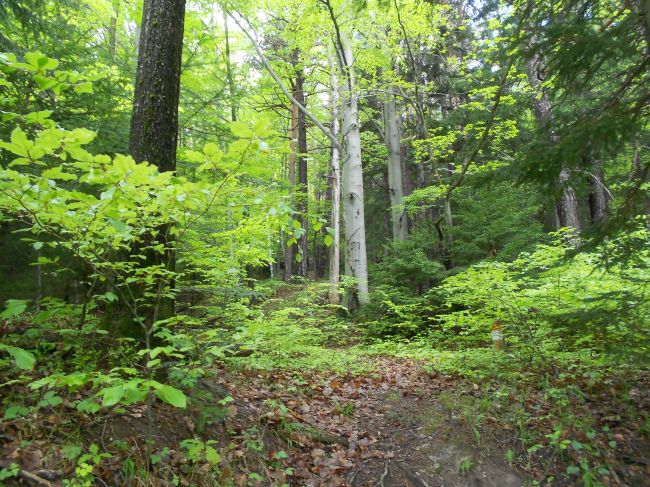
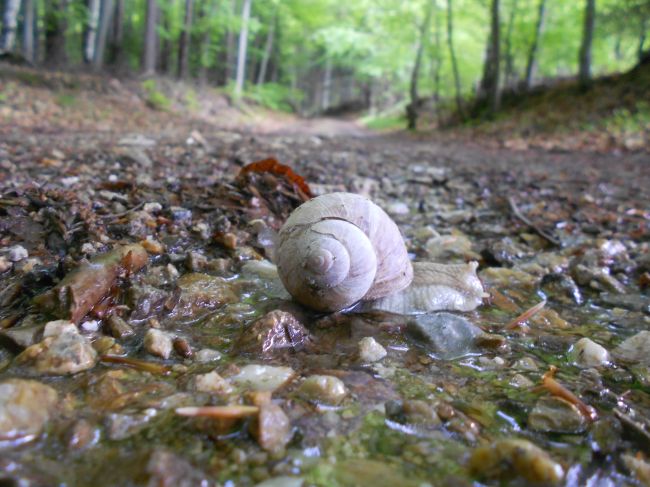
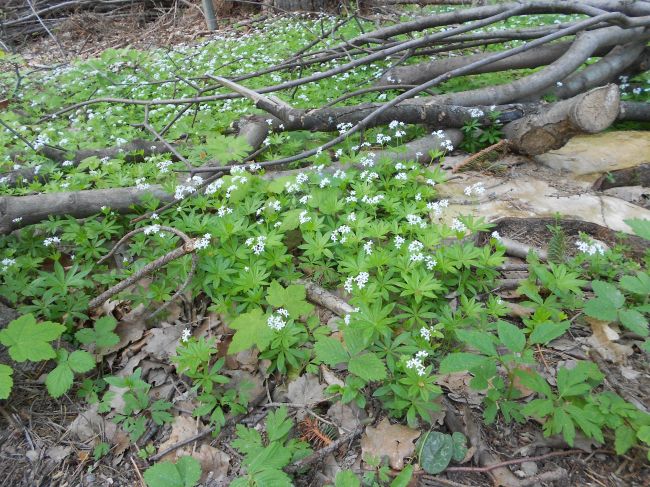
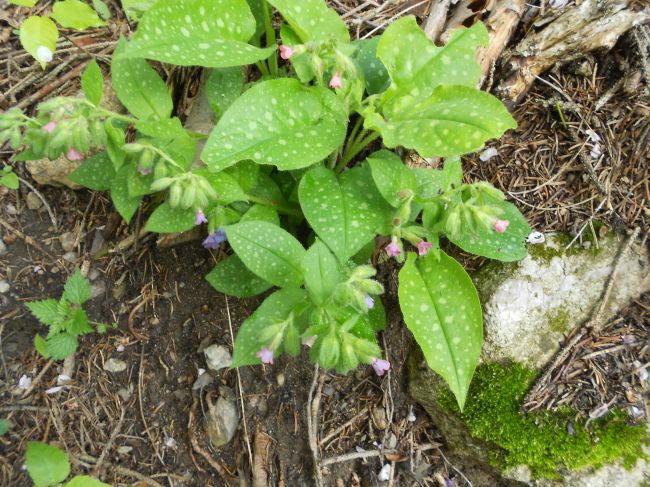
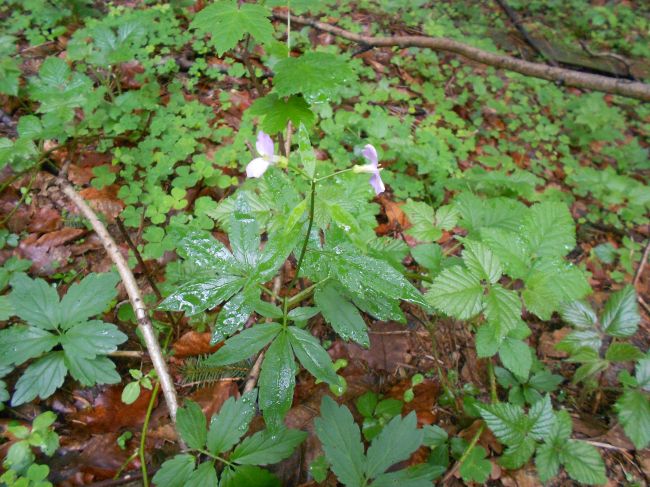
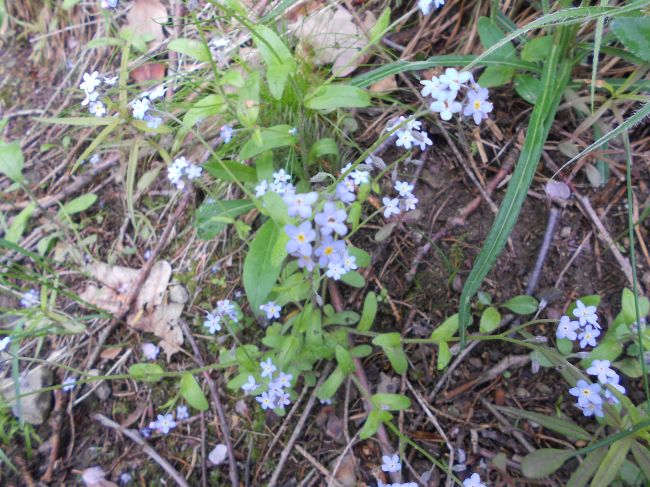
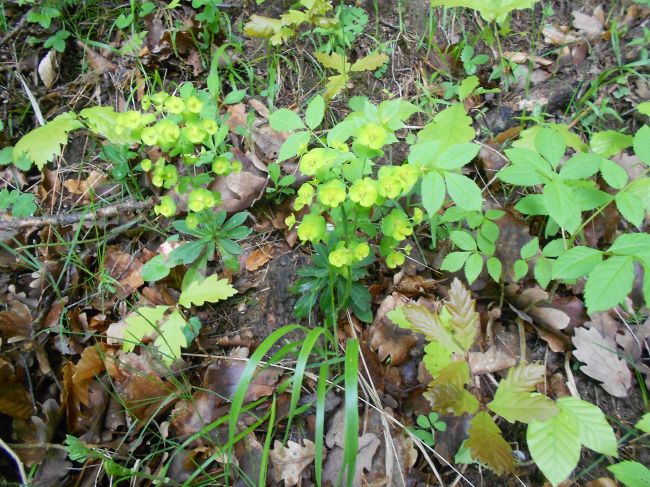
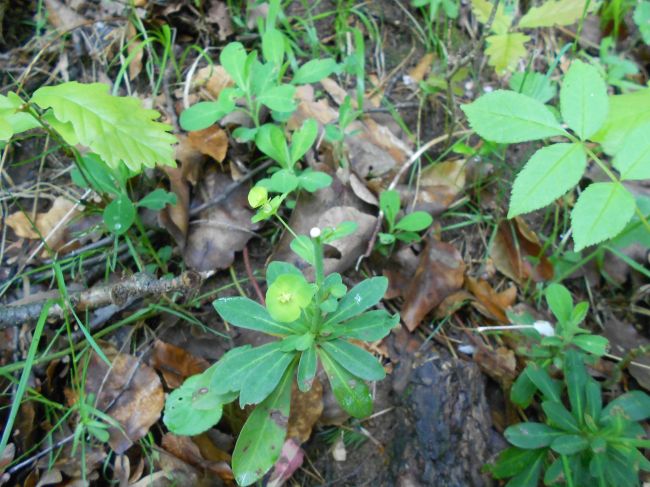
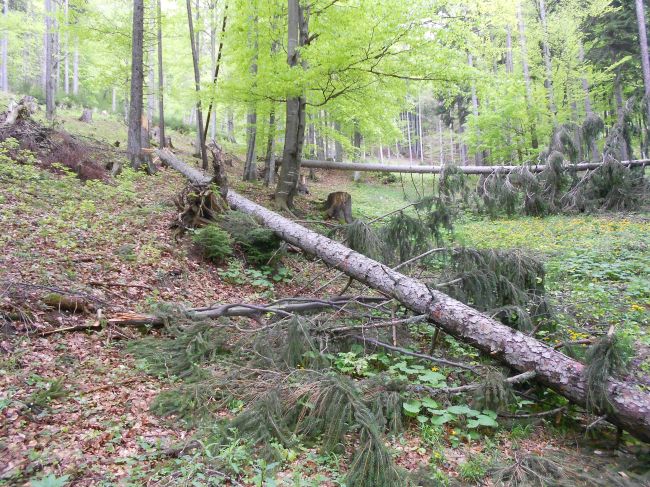
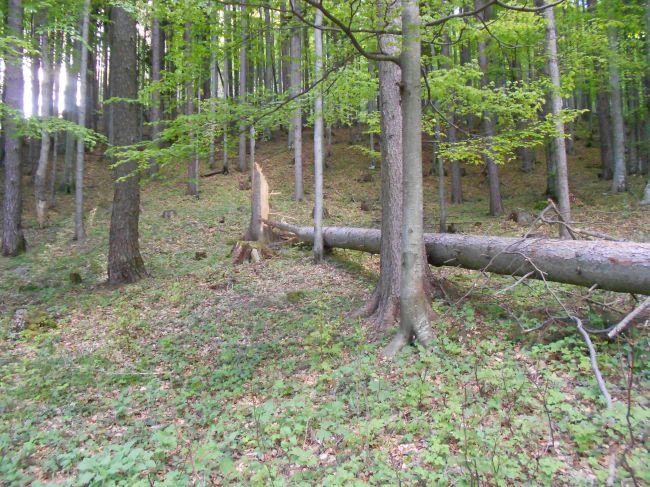
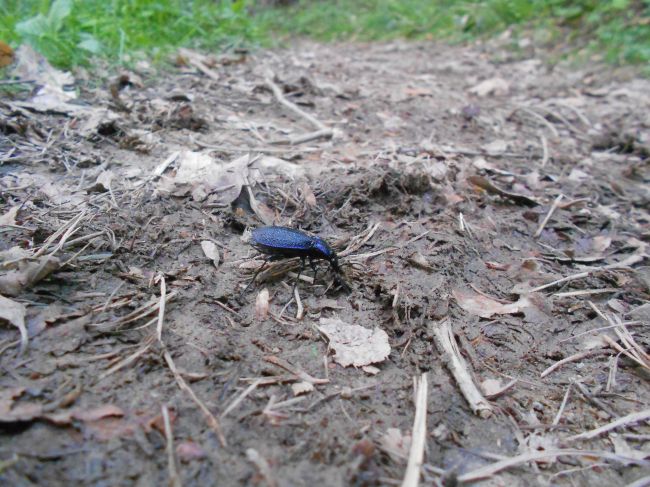
I am really enjoying your diary of all the different creatures and plant life…….also I am learning alot about Vienna …….